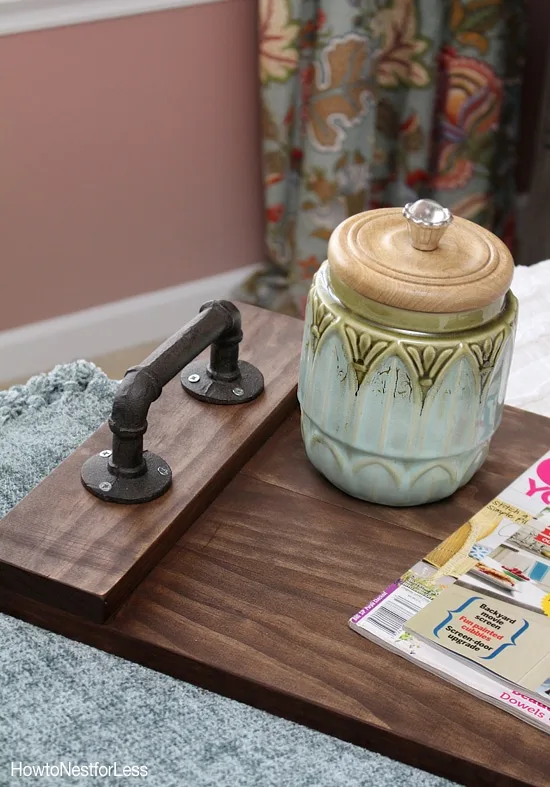Want to own a home but are unsure about the true cost? Most people factor in the home mortgage, the down payment, and even renovation costs, but forget about one important thing: the cost of home maintenance.
So how much does home maintenance really cost? According to a recent study, much more than you’d think. And we’re not just talking about necessary repairs, like fixing a leaky toilet or replacing a broken window; rather, those hidden costs of owning a home that many people overlook.
Below, how the numbers break down, what you can expect for the unexpected costs associated with home maintenance, and how to budget for them.
The Numbers
According to a study from Bankrate, the average homeowner in the U.S. spent roughly $2,000 annually on optional home maintenance costs in 2018.1 This money is spent on services like landscaping, housekeeping, pool services, HOA dues, private trash and recycling costs, even home security systems. In fact, the survey found that 63% of all homeowners hire a professional for at least one recurring service, while 35% hire out two or more.
On average, homeowners paid $285 annually for housekeeping services,1 $210 for HOA fees, $130 for home security systems, and $123 for pool care. Other recurring annual maintenance costs include snow removal, septic services, and private trash or recycling collection, all of which rang in at under $100 annually. But as you know, when it comes to your budget, every little bit adds up.
Another interesting survey find? The older homeowners get, as well as the more money they make, the more likely they are to drop cash on these services.1
Be Prepared
Have a pool in your backyard? Then the annual costs of closing and opening your summer oasis isn’t exactly a surprise each year. The same goes for fall/spring landscaping, winterizing your home, even the due date of any HOA fees. Alternately, keep in mind that paying upfront for some of these optional services may save you money in the long run. For example, paying for a home security system may actually save you money through your home insurance policy, not to mention give you peace of mind.
The further in advance you know about these hidden costs, the sooner you can begin budgeting for them. Try setting aside a certain amount of cash each month to cover these expenses, that way, when they do roll around, the sticker shock will be minimal.
Rework Your Budget
When it comes to working these optional maintenance costs into your budget, preparation is key—the sooner you can prepare when these bills will hit, the better. So plan ahead. Make due dates or expected service calls on your calendar. Calculate what you expect to shell out monthly for these services and set aside that money accordingly. If you spend $2000 in a year, your monthly expected costs would be roughly $167 per month ($2,000/12=$166.67).
If you don’t have the extra cash to shell out, consider setting aside a portion of your tax return or any cash bonus you may receive through work. If you’re still stuck, consider cutting your discretionary spending or dipping into your disposable income to help make up the difference. The last thing you want is to be faced with a maintenance bill that’s coming due and no way to pay for it.
If these extra costs are putting stress on both your mental state and your budget, consider the financial benefits of buying a home: appreciation, mortgage interest deductions, property tax deductions, even a capital gain exclusion. And remember: buying a home is an investment.
Other Tips
- While these optional maintenance costs for homeowners average at about $2,000 a year, keep in mind the price tag of other, non-optional maintenance costs like pest control, repairs, even utilities.
- Other costs to consider are the items you need to buy after purchasing a home. A lawnmower, gardening supplies, tools, snow removal equipment, and window treatments are all things you will likely purchase during the first year or two of homeownership.
- You may consider purchasing a home warranty along with your home, which may cover things like broken appliances, air conditioners, heating systems, even your home’s roof. You may be able to negotiate the cost of the home warranty when you purchase the home from the seller, which can save you hundreds of dollars a year.

:max_bytes(150000):strip_icc():format(webp)/cost-of-home-maintenance-5aa2e802875db90037a0554c.jpg)

